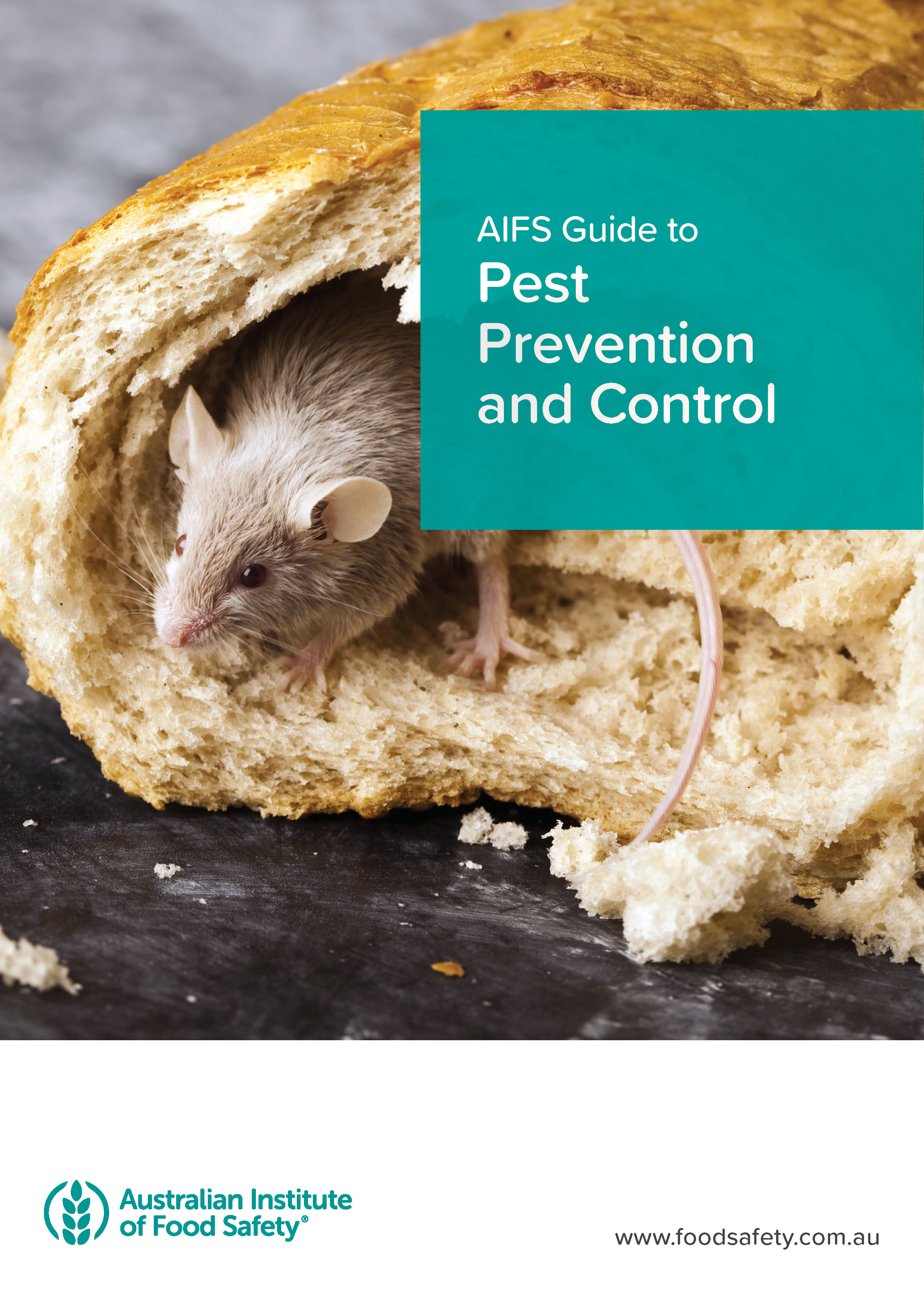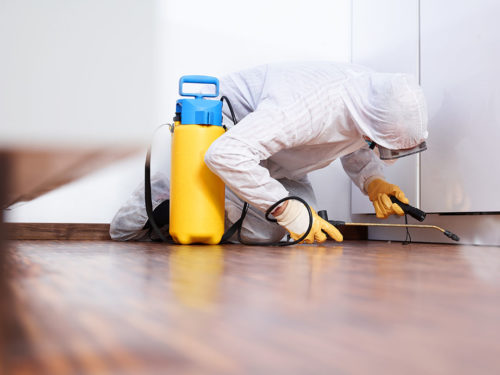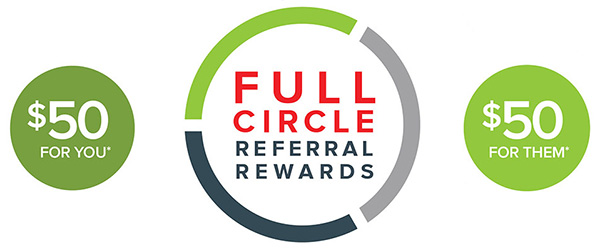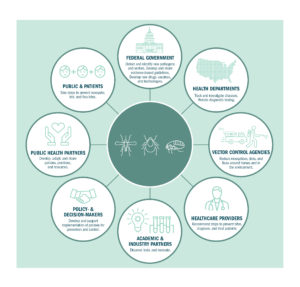Vermin Control Procedures Used Your Workplace
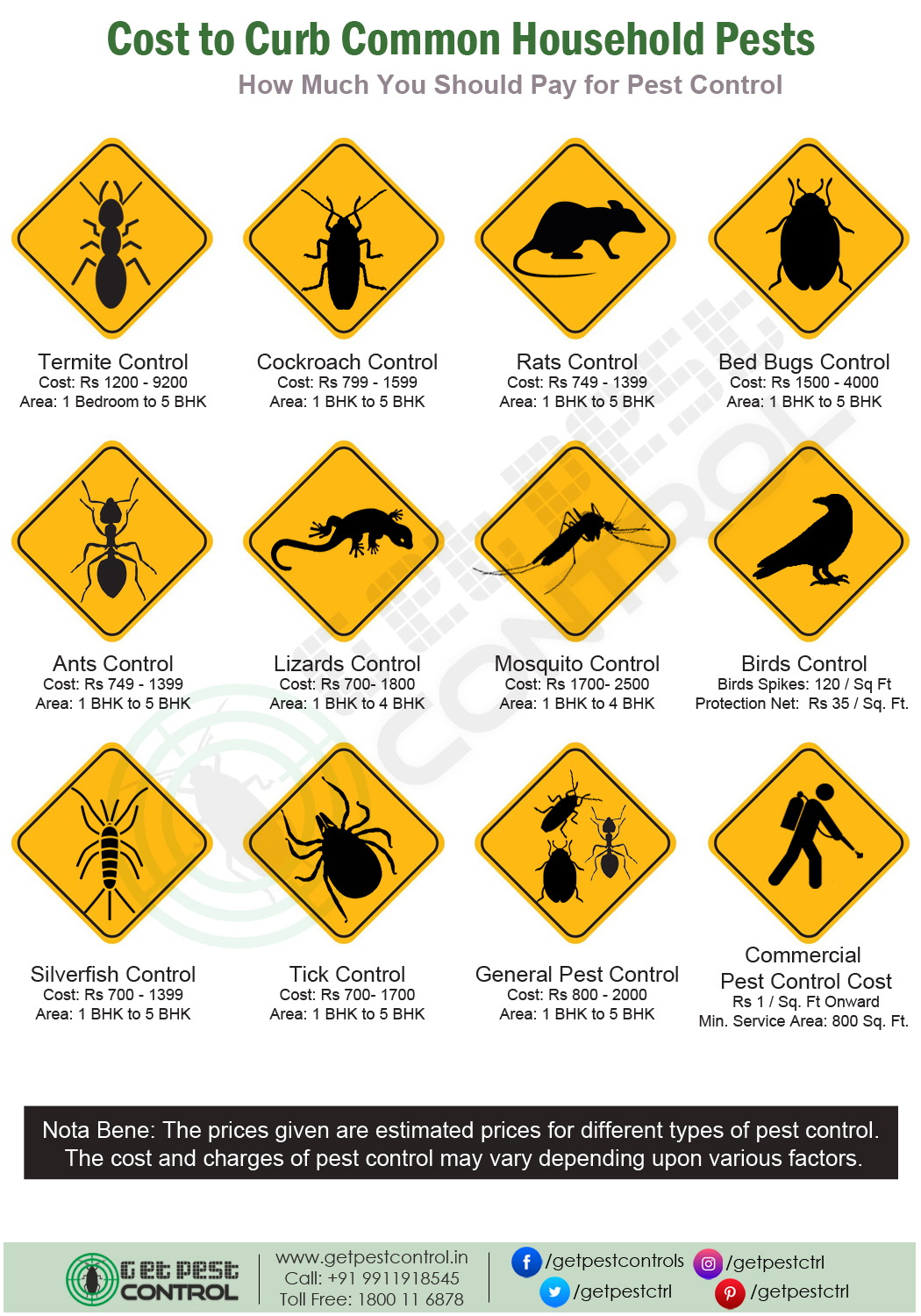
Dry up rodent water sources by repairing leaky faucets or pipes indoors and outdoors by eliminating bird feeders and bird baths.
Vermin control procedures used your workplace. The use of australian native fish to feed on mosquito larvae in water bodies. Submit records of application including msds for each pesticide used to the campus ipm coordinator on a monthly basis. Appoint administrative staff to keep an eye out for pest activity in their zone. Make it simple for employees to access cleaning products by installing cleaning stations near kitchens kitchenettes.
Periodically washing the walls and ceilings. Prevention and control once you have confirmed that rodents are in your workplace you can take the following steps to make the uninvited guests leave. As mentioned earlier pest control used to revolve around a reactionary approach. Pesticides are not used.
Employers should train workers on the facility s vermin control procedures that include sanitation procedures such as designated eating and food storage areas detection of vermin and reporting procedures. Know what pests are most. The rules set up the outline and parameters to work within and the actual operating procedures fill in the gaps. Biological control methods can also be used to control pests.
Identify and record the targeted pests types and quantities times dates climatic conditions and locations of pesticides used. This newer approach is more proactive and therefore more effective in protecting your warehouse. Two examples of biological control methods are. Infection control procedures relating to cleanliness in the workplace include.
Whether you hear of a pest sighting from someone else or you see a pest first hand in your place of. These methods include using natural enemies of the pest and biologically interfering with their ability to breed. After the initial reaction you must be certain that you know your enemy. This integrative method involves chemical and physical control methods inspections and monitoring habitat management good building design strong maintenance and.
Infection control and workplace cleanliness. Standard precautions are work practices required to achieve a basic level of infection control. Hand hygiene and cough etiquette the use of personal protective equipment ppe the safe use and disposal of sharps routine environmental cleaning. Regularly washing the floors bathrooms and surfaces such as tables and bench tops with hot water and detergent.

